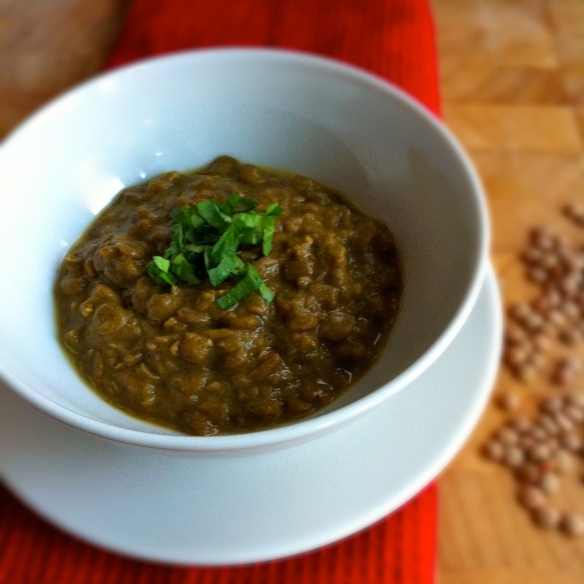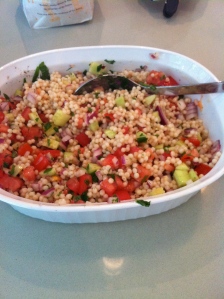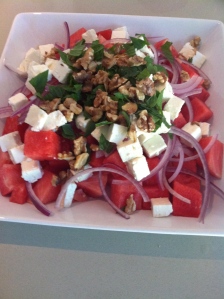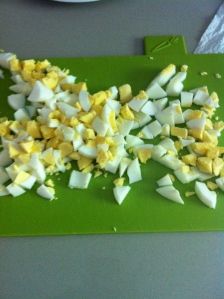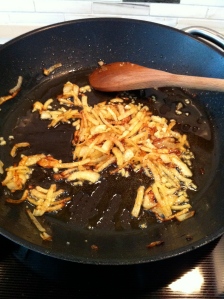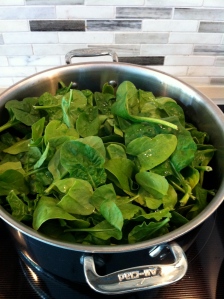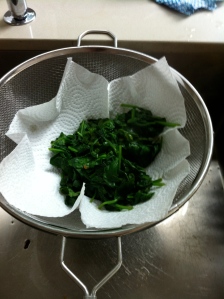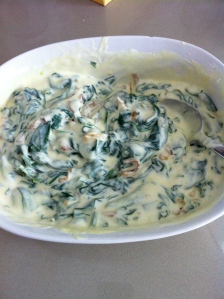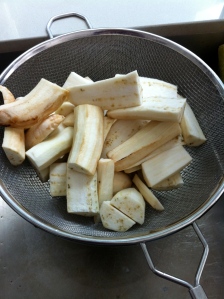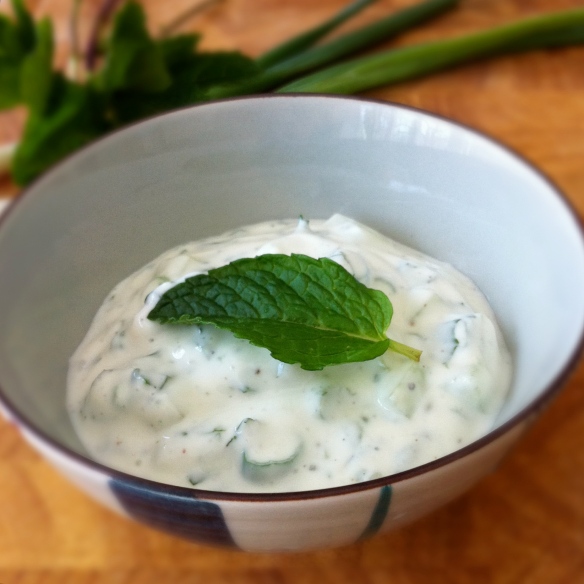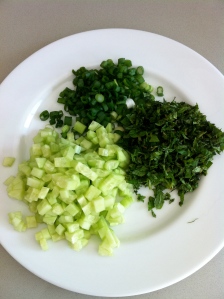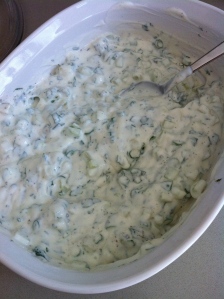I began my love affair with lentils a few years ago. We had always been friends but in the past few years my love for these legumes has blossomed. Lentils are versatile, delicious and extremely nutritious. They are an excellent source of vegetarian protein, fibre, iron, vitamin B and folate. They are low in dietary fat and extremely economical. They are a staple for many vegetarians, as well as omnivores like me that try to adhere to “Meatless Mondays”.
I get a lot of requests for vegetarian/vegan recipes and Adasi is one of my favourite Persian meatless dishes. Lentils with caramelized onions and fragrant spices that can be served hot or cold, as a side dish, a dip, a main dish served with rice or (as my mom grew up with) a delicious breakfast dish.
For those of you unfamiliar with Golpar (Angelica powder) it comes from the seeds of a wild plant that grows in the mountains of Iran. Golpar is very aromatic and is found in a variety of Persian dishes. It is often used with legumes because it reduces the digestive gas that is often associated with eating beans and legumes.
Adasi
(Serves 4)
3 tbsp canola oil
1 large onion, thinly sliced
1 clove garlic, minced
1/2 tsp turmeric
1 cup dried green lentils, rinsed
3 cups vegetable broth (or chicken broth)
1 tsp golpar (ground angelica powder)*
1 tsp ground cinnamon
salt and pepper
In a medium saucepan heat the canola oil over medium heat. Fry the onions, stirring occasionally until soft and golden, about 10 minutes. Add the turmeric and garlic and fry for another minute.
Add the lentils and vegetable broth to the pot. Turn the heat up to high and bring to a boil. Turn down to low, cover and let simmer (stirring occasionally) for about 1 hour or until the lentils are very soft. If it gets too dry, add some extra water.
The consistency should be thicker than a soup but not too dry. Add the golpar, cinnamon, salt and pepper to taste. Serve warm or cold. Enjoy!
*Can be found at Iranian supermarkets and specialty stores.

